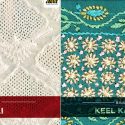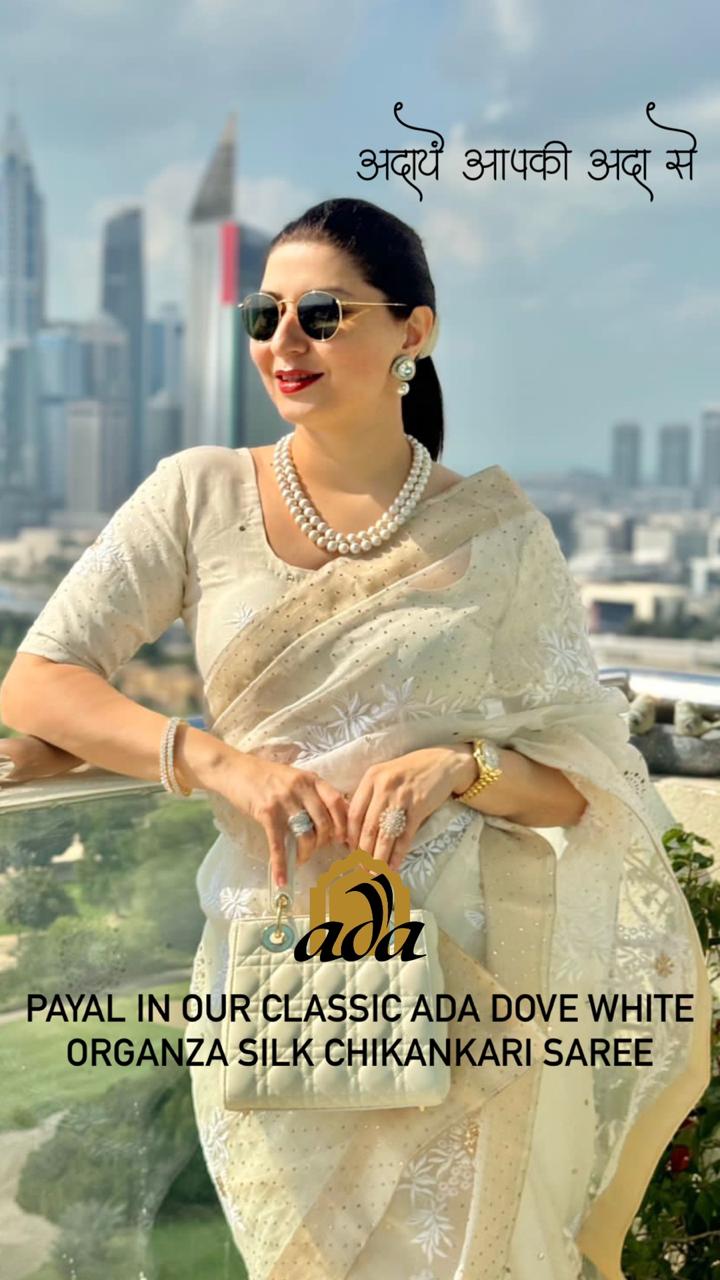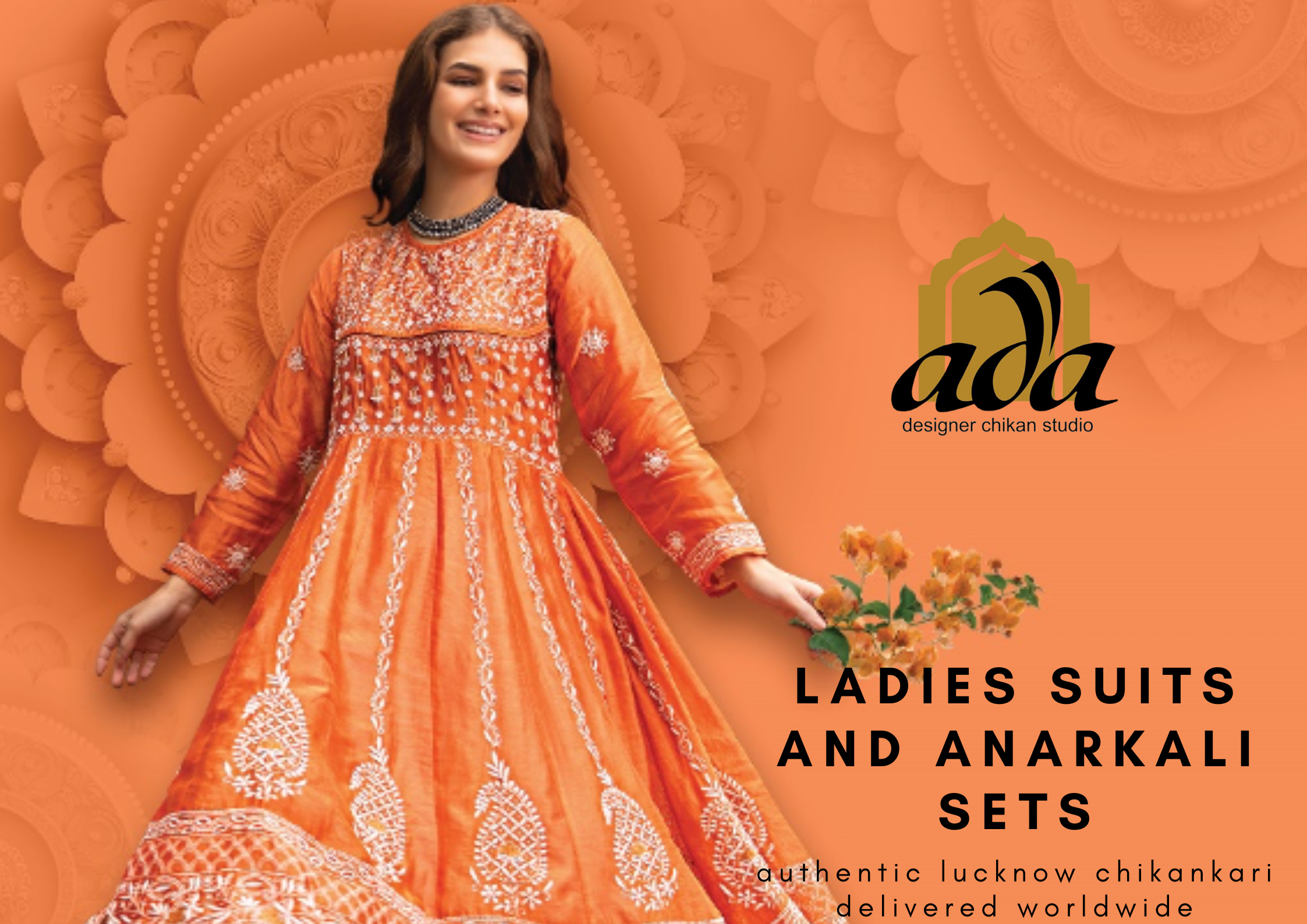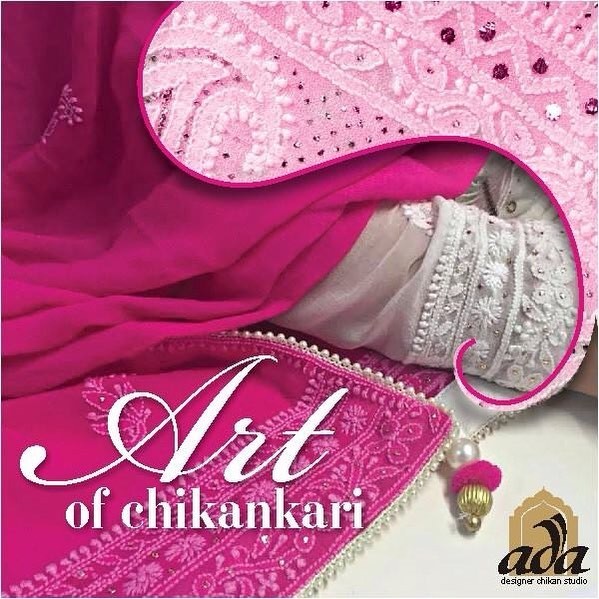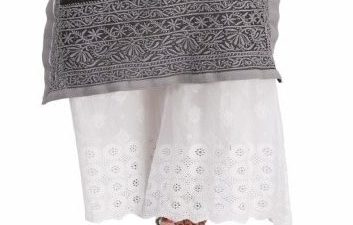Chikan Embroidery – Lucknow’s Pride
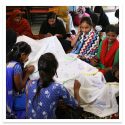
Chikan Embroidery: Lucknow’s Pride
The city of Lucknow, fondly known as the ‘Nawabon ka Shehar’ or the ‘City of Tehzeeb and Adab’, is famous for its art, culture and celebrated cuisine. Situated on the banks of river Gomti, the city has been given various names too- ‘Shiraz-i-Hind’, ‘Constantinople of India’ and ‘The Golden City of East’ at the different part of history. Lucknow is the treasure nest of art and craft, polite mannerisms, fine cuisine, Urdu poetry, ancient architecture and melodious music, which span every nook and corner of the city. But undoubtedly one label that defines Lucknow is that it is the home for Authentic Lucknowi Chikankari.
Chikan embroidery has been symbolic of Lucknow’s Nawabi culture and traditions for hundreds of years.
Chikankari, which in the literal sense means embroidery is derived from the Persian word ‘Chakin’ which is also pronounced as ‘Chikan’. It is believed that Noor Jehan, wife of Mughal emperor Jahangir introduced Chikankari in Lucknow. Lucknowi Chikan is prized and valued for the impeccable artistry skills of the artisans. It is believed Chikankari originated in the ‘CHIKAN’ a village in the Koh Mehr District of Persia. The artisans of this art were employed by Noorjehan, a connoisseur of this art. This art flourished in the Mughal harems in Delhi. After the downfall of the Mughal Empire, the progeny of these artisans migrated to Lucknow and settled there under the patronage of the Awadh kings. Today it continues to flourish in Lucknow and this art of embroidery is not made anywhere else in the world.
Traditionally, Chikankari craft work was majorly practised on muslin or mulmul cloth, however, with changing times one can see how different types of fabric are used for rendering chikan embroidery. The traditional muslin cloth on which the art was previously practised, it has now been swapped with different fabrics like- georgette, chiffon, Chanderi, Organza or net. Previously, Chikankari was practised as a White on White embroidery technique, the white cotton base decorated with white cotton needlework. But with the changing time, chikankari has now evolved and embraced the use of colours.
The chikan embroidery of Lucknow includes a wide range of garments from women wears, to men’s wear to kids wear. Chikan embroidery is everyone’s favourite during the harsh summer climate. With the changing time, chikankari has become every fashion designers favourite art technique, the art has a separate name now- ‘Chikan Couture’. You can buy everything from a kurta/ kurtis to a saree and lehengas to an anarkali, and even chikankari bottoms like palazzos and pants. Even a range of accessories like chikan batuas, chikan bag, and chikankari dupattas can be found. Chikankari is not only restricted to apparels and accessories, home décor items like bed sheets, cushion, table covers, bed covers and curtains have gained popularity in the recent time.
 Due to strong influence from Persian culture, floral patterns and motifs are extensively used with Lucknow Chikan Work. These motifs can also be seen in the ornamentation of Mughal buildings like the Taj Mahal and Fatehpur Sikri. The types of flowers, including their stems, Buti, leaves and Paisley motifs are used for designing. Other motifs include embellishments like Mukaish, Gota Patti, Kasab, Kamdani, Badla as well as Sequin, Pearls and Mirrors are used to enhance the allure of the garment.
Due to strong influence from Persian culture, floral patterns and motifs are extensively used with Lucknow Chikan Work. These motifs can also be seen in the ornamentation of Mughal buildings like the Taj Mahal and Fatehpur Sikri. The types of flowers, including their stems, Buti, leaves and Paisley motifs are used for designing. Other motifs include embellishments like Mukaish, Gota Patti, Kasab, Kamdani, Badla as well as Sequin, Pearls and Mirrors are used to enhance the allure of the garment.
A delicate needlework comprises 32 stitches, these stitches can be broadly divided into 3 major heads-
- Flat Stitches: these stitches merge with the fabric and give an impression that embroidery is itself the texture of the fabric.
- Bakhiya
- Taipchi
- Pechni
- Gitti
- Jangira
- Pashni
- Rahet
- Khatao
- Raised/ Embossed Stitches: these are the type of stitches which are raised or highlighted from the fabric surface.
- Phanda
- Ghas Patti
- Dhum Patti
- Murri
- Open Trellis: stitch is one where the thread is never drawn through the fabric, they are made by teasing the warps and weft yarns apart by needle and holding them in position by small stitches to give it a net effect. This process creates jaalis and regular holes in the fabric.
- Jaali
- Hool
The major steps involved in the process of chikan embroidery formation are:
Chikan embroidery today is synonymous to the lifestyle of Lucknow. There is always a demand of chikankari products be it from the local people or the visitors. A trip to Lucknow is incomplete with Chikan shopping, it is a ‘must do’ on every shopper’s list. With the global recognition of chikan embroidery products, one can see an upsurge in the usage chikankari embroidery in western outfits like tops, pants and skirts too.
The growing popularity and recognition of this craft have not only made it one of the most celebrated crafts of India, in fact, it is now being globally appreciated. Chikankari industry has witnessed increasing demand for chikan work products from The US, UK and Middle East. This has been possible because of e-commerce business, the e-commerce business has become a pioneer of change in chikan industry. With its intricate and impeccable artistry techniques, Lucknowi chikankari just stand ahead in International fashion exhibitions.
 The growing demand of chikankari products on e-commerce websites and the global acknowledgement of indigenous craft industry have boosted the chikankari business in terms of revenue and skill enhancement of workers engaged. About 250,000 artisans, mostly women, are engaged in the elegant art of Chikankari. Chikan embroidery has become one of the major earning sources for women artisans, this art form is passed generation by generation in the families of the craftsman.
The growing demand of chikankari products on e-commerce websites and the global acknowledgement of indigenous craft industry have boosted the chikankari business in terms of revenue and skill enhancement of workers engaged. About 250,000 artisans, mostly women, are engaged in the elegant art of Chikankari. Chikan embroidery has become one of the major earning sources for women artisans, this art form is passed generation by generation in the families of the craftsman.
– by Lubna Fatima







